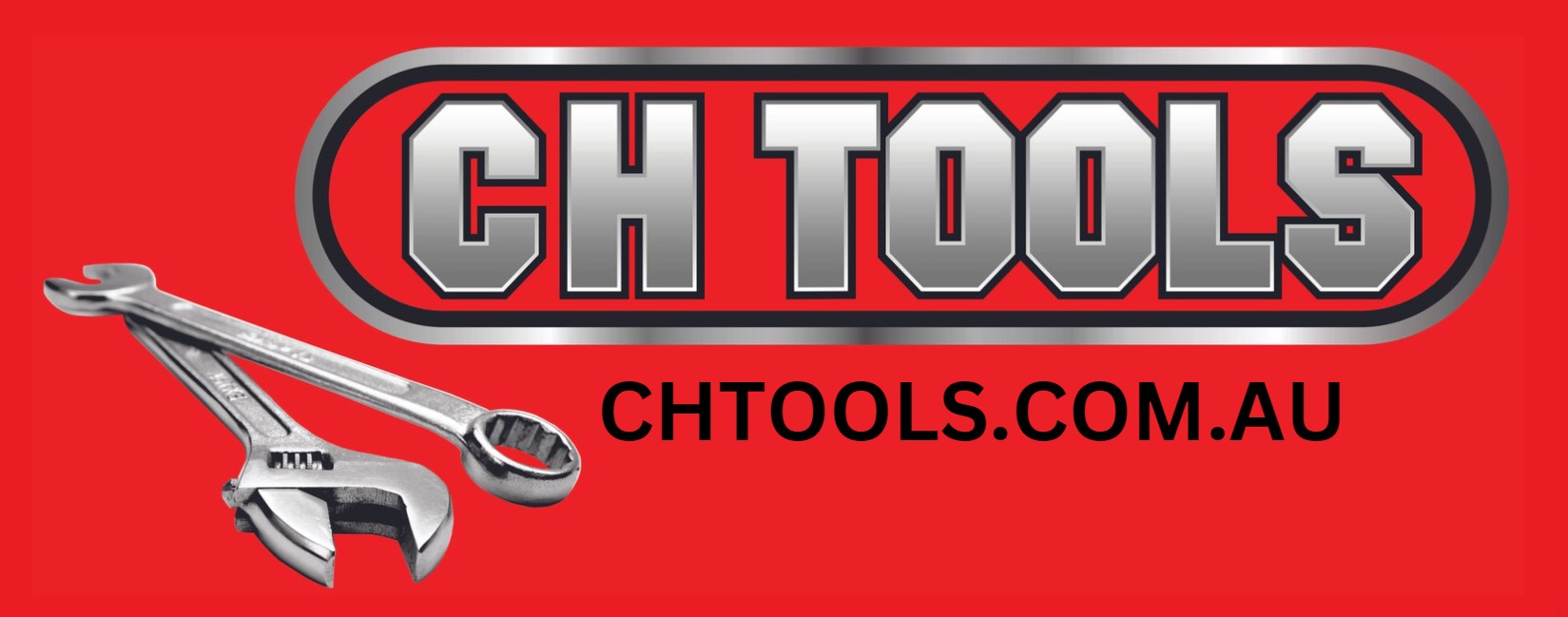Follow us:
Essential Hand Tools: Your Ultimate Guide to Precision and Performance













Guide to Selecting the Correct Hand Tools
Choosing the right hand tools is crucial for achieving precision, efficiency, and safety in any project. Here’s a comprehensive guide to help you select the best tools for your needs:
1. Understand Your Needs
- Project Type: Identify the specific tasks you’ll be performing. Different projects require different tools.
- Frequency of Use: Consider how often you'll use the tool. Frequent use may require higher-quality tools.
2. Know the Essential Hand Tools
- Screwdrivers: Choose based on the types of screws you’ll be working with—flathead, Phillips, or specialty.
- Pliers: Include needle-nose, slip-joint, and locking pliers. Select based on grip and jaw design for the task.
- Wrenches: Opt for adjustable wrenches, combination wrenches, or socket sets based on the types of fasteners.
- Hammers: Select the appropriate hammer (e.g., claw, ball-peen) based on the materials and tasks.
- Tape Measures: Ensure accuracy and durability, especially for precision tasks.
- Utility Knives: For cutting tasks, choose a tool with replaceable blades and a comfortable grip.
3. Consider Quality and Durability
- Material: Look for tools made from high-quality steel or alloys for durability.
- Brand Reputation: Opt for reputable brands known for their reliability and craftsmanship.
- Handle Comfort: Ensure handles are ergonomically designed for comfort during extended use.
4. Check Tool Specifications
- Size and Weight: Choose tools that are appropriate in size and weight for the task and your comfort.
- Adjustability: For wrenches and pliers, ensure they offer the necessary range and adjustment capabilities.
- Precision: For measuring tools, check that they offer the accuracy needed for your projects.
5. Safety Features
- Non-Slip Handles: Look for tools with handles designed to prevent slipping.
- Insulated Handles: For electrical work, ensure tools are properly insulated.
- Protective Features: Check for features like blade guards on utility knives.
6. Budget Considerations
- Invest Wisely: Higher quality tools may have a higher upfront cost but can save money in the long run due to durability.
- Avoid Cheap Alternatives: Low-cost tools often compromise on quality and safety.
7. Test Before Buying
- Ergonomics: Hold the tool to ensure it fits comfortably in your hand.
- Functionality: Test the tool (if possible) to ensure it performs as expected.
8. Maintain Your Tools
- Regular Cleaning: Keep tools clean and free of debris.
- Proper Storage: Store tools in a dry, organized manner to prevent damage.
- Routine Inspection: Check for signs of wear and replace or repair as necessary.
By following these guidelines, you’ll be well-equipped to select hand tools that are reliable, effective, and suited to your specific needs.
CONTACT US TO FIND OUT MORE ABOUT THE TOOLS WE RANGE IN-STORE
